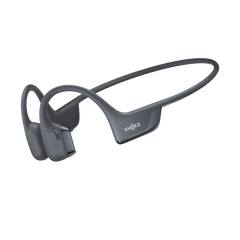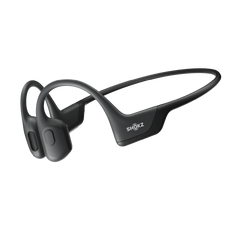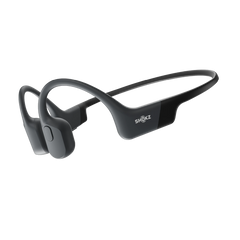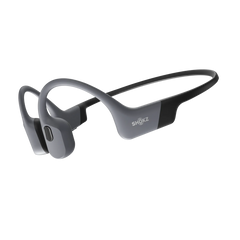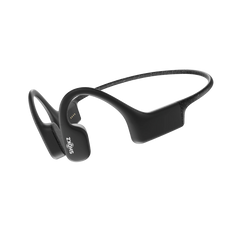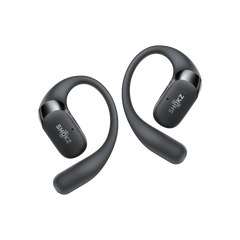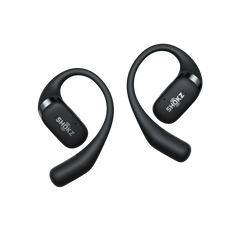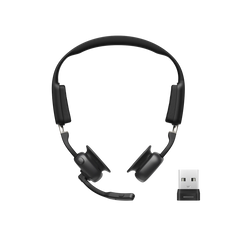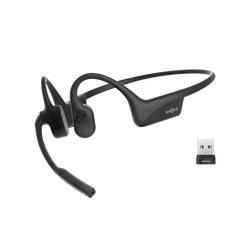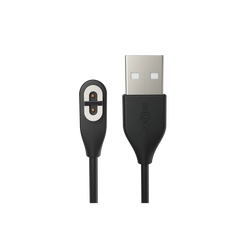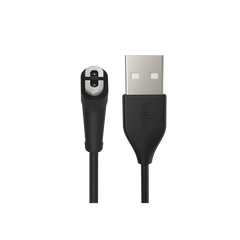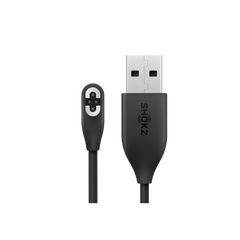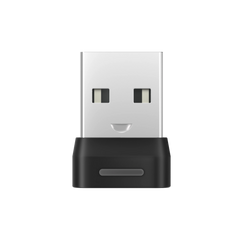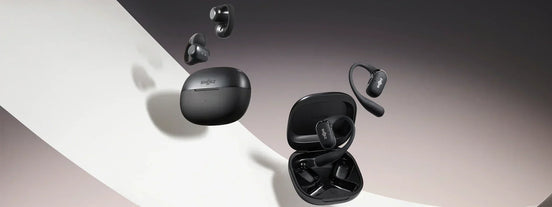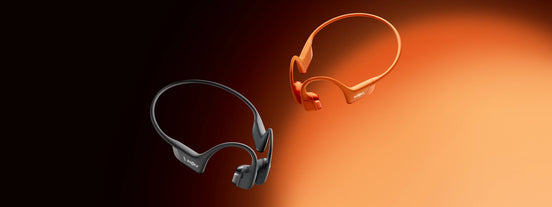Whether you like to swim in a pool or out in the Pacific Ocean in Australia, swimming while listening to your favourite playlist could be a great experience. Yet this presents several problems. First, your average headphones might be able to withstand sweat, but they are most likely going to stop working if you leave them underwater. Second, if you were planning to use Bluetooth to listen to your playlist, you would find the connection spotty at best.
So, how do swimming headphones work? To answer this question, we will explore the technology you need to keep swimming while listening to music, podcasts, or even audiobooks.
Can You Wear Headphones While Swimming?
Generally, you can swim with headphones. However, headphones are not allowed in competitions, and there is debate among professional swimmers about their use during training.
Nevertheless, listening to something interesting can help you power through boring swimming exercises. According to studies, this type of headphones improves sprint and long-distance swimming. Therefore, so long as you are not in a competition, you can wear IPX8 and above headphones.
This rating ensures that your headphones will remain functional for 2 hours even at a depth of 6 feet. Their design is waterproof, preventing water from damaging the internal electrical parts. Depending on the brand, their design can also minimise the dangers of ear infections and lack of situational awareness.
Furthermore, a consideration for swimming headphones is the technology they use. Since Bluetooth uses 2.4 GHz to transmit data, it is ineffective underwater. Water absorbs too much of these vibrations, which shortens the effective range of your device.
So, you would not be able to comfortably listen from your device. Instead, your headphones will need either internal storage or an external device that stores your audio files.
How Waterproof Bone Conduction Headphones for Swimming Work
Swimming headphones need a different design and technology to function properly. The major factor is water. It affects how sound travels and changes which technology is effective. Outside of water, headphones can rely on the air to transmit sound. Underwater, the sound distorts, which can make it hard to hear.
Yet bone conduction can bypass this issue. This is because bone conduction transmits sound vibrations through your skin into your bones. So, the sound is clearer if you use an over-the-ear or on-ear design.
Plus, it allows you to still hear sounds through your ear, making them safe for swimming during training, in public settings, or in group settings.
How Do I Listen to Music While Swimming Underwater?
To swim while listening to music, you will need the right pair of headphones. They will need to have a rating of IPX8 at a minimum and should either have internal storage or a way to connect to an external device. They should also have a long battery life to allow you to swim as long as you want without having to pause to recharge.
In particular, you will find that the OpenSwim headphones also have the following features:
Secure Headphone Fit and Listening Comfort
To start with, you should search for headphones that will stay on even when you swim vigorously. They should have a shape that ensures they remain snug and comfortable like the OpenSwim.
These headphones have an ergonomic shape that allows them to rest comfortably around your head. Plus, they can easily fit under a swimming cap. Since they do not press on the ear, they are comfortable to wear for long periods. Also, it is easy to learn how to wear bone conducting swimming headphones.
Hygienic and Pain-Free Waterproof Headphones
Another compelling feature of the OpenSwim headphones is their hygienic and pain-free design. When you swim, water can collect in your ear canal, which can lead to infections such as the 'swimmer's ear'.
To combat this, you need specialised earplugs. However, many of the in-ear designs do not properly protect your ear from water. In fact, they can even be painful in the long run.
The OpenSwim model resolves this issue with its open-ear design. This design prevents discomfort by removing pressure on the ear's cartilage. Instead, the headphones wrap around the head and rest on the temple. In turn, this allows you to wear proper swimming earplugs, allowing you to have good ear hygiene.
Wherever There Is Water, There Is Sound
Lastly, the OpenSwim model is suitable for multiple water settings ― not just the pool. So, whether you want to go surfing in Byron, canoeing in Morgan Beach, or even just take a dip in your private jacuzzi, these headphones will serve you well. This is because you can splash or submerge them in both saltwater and freshwater.
How to Take Care of Your Swimming Headphones
Swimming headphones require special care to remain functional in the long term. So, you should use the following best practices to ensure your headphones remain in good condition:
- Observe its limitations: You should respect the time and depth limits of your headphones. If you exceed these limits, your headphones are likely to malfunction or last less long.
- Wash headphones with freshwater: After every swim, you should wash your headphones with freshwater, not harsh chemicals or seawater. Also, you should remove any material from them, such as sand or seaweed.
- Wipe headphones dry: After washing your headphones, you should always wipe them dry with a soft cloth, not a heater or hair dryer. You should then allow them to become fully dry before you put them away.
- Handle headphones with care: You should always hold your headphones securely and put them away in a case when not in use. This will minimise the damage they incur.
Have Your Music to Go!
At Shokz, we offer two models of headphones in Australia expertly suited to swimming. The OpenSwim allows you to swim with it due to its IP68 rating. For 8 hours, you can listen to up to 1,200 songs in its internal memory. Plus, it is very comfortable to wear ― even under a swimming cap.
Meanwhile, the OpenSwim Pro is better suited for the all terrain individual. It has Bluetooth connectivity and 32 GB of storage to allow you to listen to audio files from your phone while you are running, or the internal storage when you are swimming.

Conclusion
Swimming headphones require novel technology like bone conduction to transmit sound clearly. This technology allows you to feel the vibrations of music more clearly than through water. Plus, it allows you to have an open-ear design, which is safer and more comfortable. They might require more intensive care, including regular washing and drying, but they can be durable.
When you are ready to go for your next swim, get yourself top of the line swimming headphones from specialised companies in Australia such as Shokz. Our swimming headphones will ensure you have a comfortable and safer listening experience.
